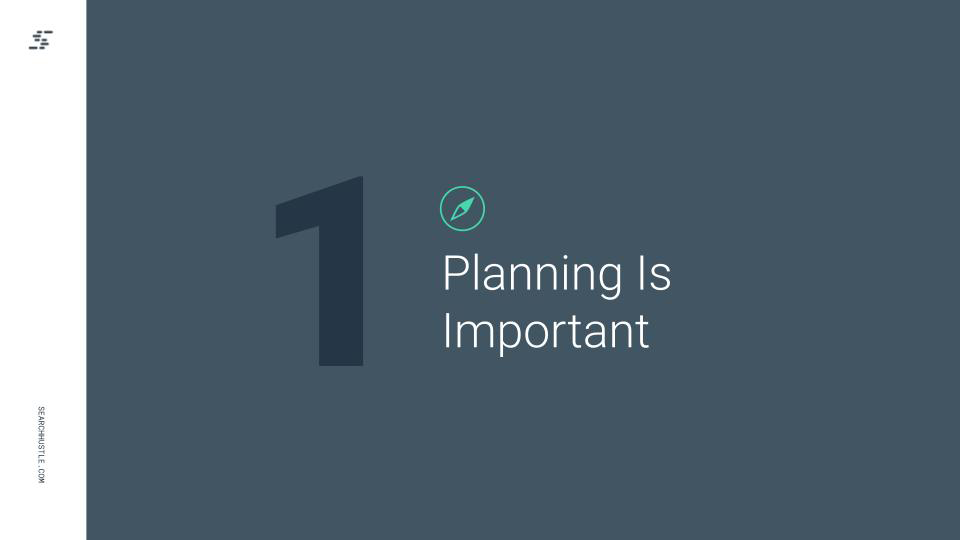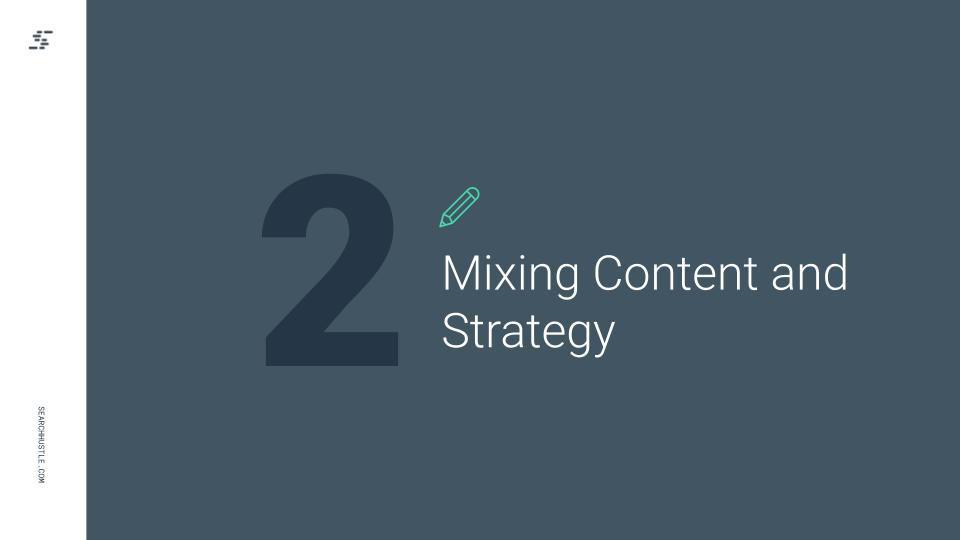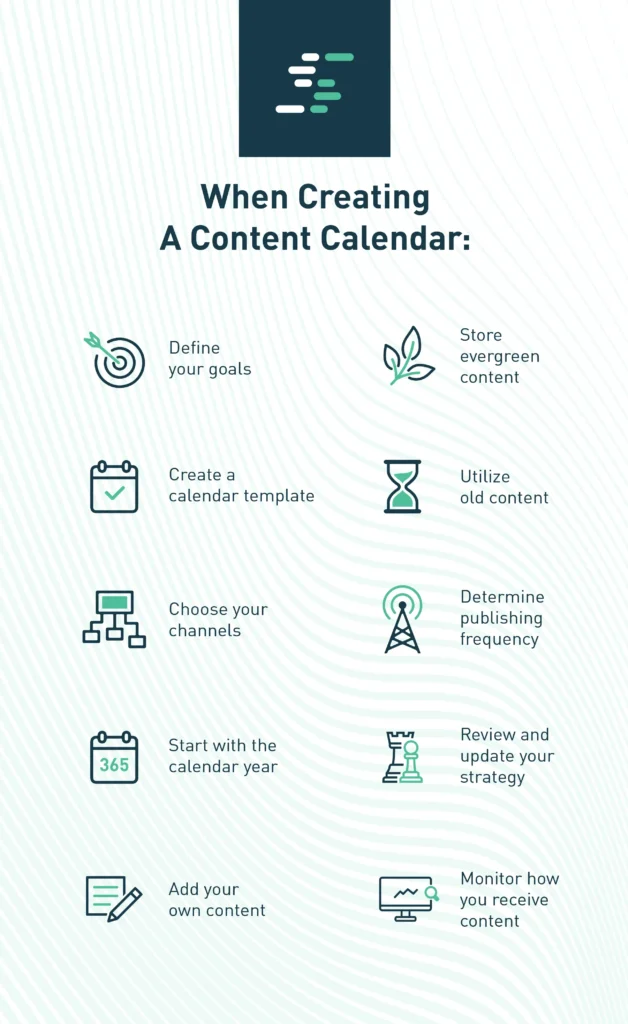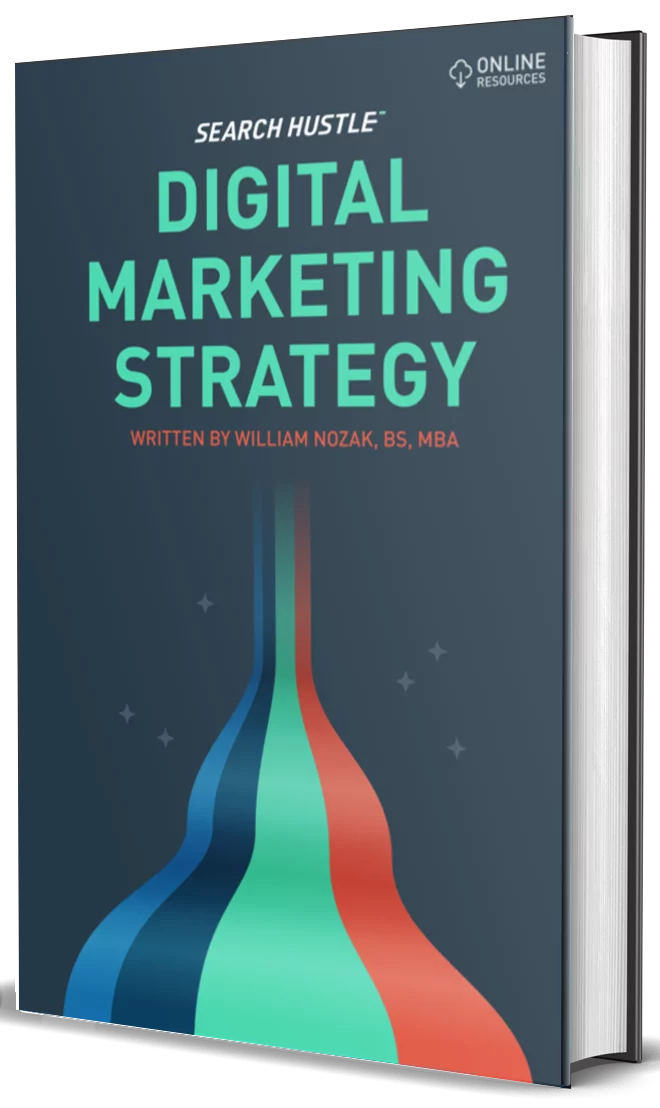Social Media Content Calendar
Finding the time to run a successful company is difficult enough, but now business owners must spend more time promoting their business via social media, web pages, and blogs to get more traffic and engage with customers. After deciding to jump into digital marketing, you must devise a strategy that can make the process both manageable and trackable.

Social media content calendars can serve as a roadmap for what your business plans to share on all marketing platforms. A well-organized social media calendar can help define your posting frequency and the desired content to reach a specific audience and objective.
What is a Social Media Content Calendar?
Any content calendar focuses on establishing a system that can lead to long-term success. Whether it is a spreadsheet or app, content calendars plan out a strategy to post content, manage campaigns, and set deadlines. They’re typically built using one of three different formats: printed paper, spreadsheets, or software services.

Planning is important
Quick posts that “win” by getting a few likes or reposts aren’t what you want for the long haul. They may appear good on the surface, but short-term goals aren’t what you are looking for in a social media plan. It’s always about the long game. Your business probably uses multiple social media platforms such as Facebook, Twitter, LinkedIn, and Instagram. And each platform serves a different purpose or demographic. Keeping these differences in mind can help to prepare your content calendar across all platforms. While content can be repurposed across all channels, it’s important to present your content differently to fit each platform’s audience.
A content calendar is created to guide, but it isn’t always black and white. Expect to make adjustments to ensure the calendar remains effective and relevant. The purpose of social media is to be social with others, and users will always gravitate towards fresh, timely content that’s connected to their interests.

Mixing content and strategy
Don’t just dive into your content creation. Do your research first, and take some time to think things through. Before you start planning, be sure to gather all of the data on each of your social media accounts. That will ensure a data-driven understanding of which platforms perform best and where there are opportunities to improve.
Timing is everything with social media. So pay attention to the timing and frequency of posts that get the most engagement. There are certain platforms that encourage posting at specific times of the day to get more engagement. Facebook users might be more active during a weekday lunch hour, while Twitter or Pinterest followers are more active in the evening.
Content calendars show you how to distribute the same piece of content at different times and in slightly different ways to best meet the needs of users on each platform. They may cost money, but their insights and management tools can make things a lot easier.

Setting up long-term success
In the sports world, the terms “long game” and “short game” are thrown around a lot; both of these terms can be transposed to fit digital marketing. When speaking about someone’s short game, it refers to the skills needed that require more finesse due to the need for accuracy. Someone’s long game is all about power and distance, and that is what you want when content planning for social media. Also, in regard to leads, it might be leads we get today versus tomorrow. The power and distance game in digital marketing is about creating a strategy that focuses on both the short and long-term goals of the plan and how effective they will be.
Here are a few tips for creating a content calendar:
- Define your goals: Start by asking yourself, “what is my main goal?” The answer should determine what platforms, format, and frequency to adopt.
- Create a calendar template: There are numerous calendar templates available online to choose from. Pick the one that best fits your strategy.
- Choose your channels: Know your audience and establish the type of content to focus on.
- Start with the calendar year: Use the calendar year as a base for your strategy. Select the important events or holidays you need to build your content around.
- Add your own content: Once the events have been chosen, start to add relevant content ideas.
- Store evergreen content: Content that isn’t tied to a certain date or time is considered “evergreen” content. The content should benefit you and the customer, and it should continue to receive clicks well after it has been posted.
- Utilize old content: Don’t go back to square one. Old blogs can be turned into short videos, or you could use past analytics or data to write a fresh blog post.
- Determine publishing frequency: Be realistic about how often you can publish fresh content. Content creation is time-consuming, and it is important to set realistic goals by knowing your limits.
- Review and update your strategy: It is a good rule to set the main content for the calendar year. Then, you should strategize your monthly and weekly publishing goals around a month later. Allow your main content schedule to marinate a bit, and then start a more focused approach.
- Monitor the content: In digital marketing, everything can be tracked. Take time to monitor and examine your own strategies and data. Then, put that information to use when updating your plans.
The bottom line
A content calendar is an easy way to combat this issue and to make the most of your company’s scarce resources. It is an effective tool for coordinating content creation and helps divide your team’s upcoming workload into clear, easily manageable units.
By implementing this tool to your planning process, you will have to spend less time on wondering what to write, and instead focus on the creation itself.

Ready to Take Your Search Hustle Further?



